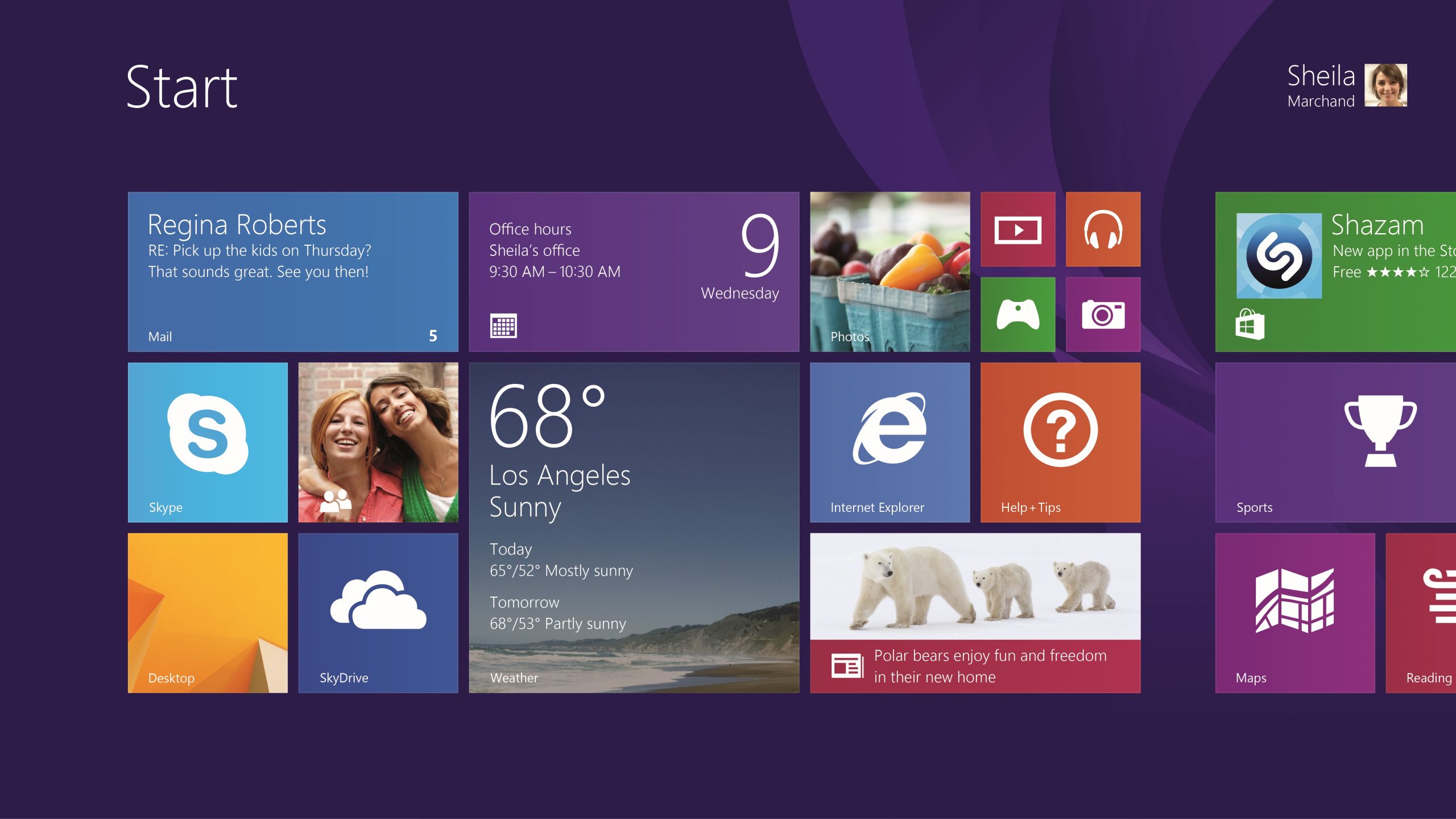
Microsoft officially launches Windows 8.1
Today, Microsoft officially launches Windows 8.1 to the public, after almost two months since its new operating system reached the RTM status. The latest release is packed with many new features and improvements over its controversial predecessor, Windows 8, including the revival of the Start button and the much-awaited option to boot straight to the Desktop and avoid the Modern UI.
Just like Windows 8, Windows 8.1 is available to consumers in just two editions: base and Pro. The former is aimed at home users while the latter also includes features such as BitLocker encryption and hosting Remote Desktop Connections that are suitable for business use. There are also pricing differences between the two.
Acer Iconia W4 -- small Windows tablet déjà vu
The old adage is, "when it rains, it pours". All of a sudden, it seems that it is raining 8-inch Windows 8.1 tablets. Yesterday, Lenovo announced a Bay Trail-powered tablet and today Acer follows suit with the Iconia W4.
The company says the tablet is "equipped with the Windows 8.1 operating system and a 4th-generation Intel Atom processor, offering faster tablet performance as well as battery life up to 8 hours for video playback and up to 10 hours for web browsing".
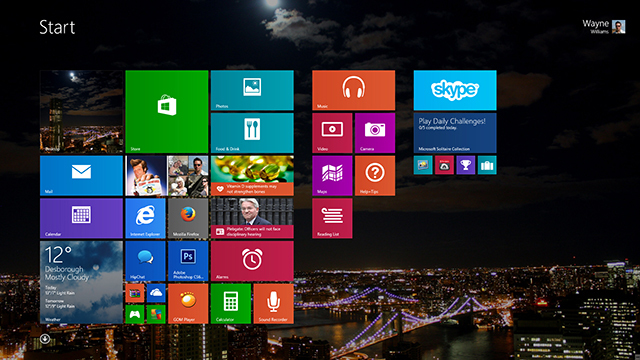
Here's what's new in Windows 8.1
With Windows 8.1 Microsoft has attempted to fix a lot of the things that were wrong with Windows 8, and make the operating system more appealing by throwing a bunch of additional features into the mix. It won’t appeal to everyone, but it is a massive improvement over its predecessor.
If you’re planning on updating your computer to the new OS, or are still on the fence and need a little nudge to join the tiled side, let me take you on a guided tour of what’s new.

Microsoft details its creative apps ahead of the Windows 8.1 launch
With the October 17 public launch rapidly approaching, Microsoft is trying to pique consumers' interest (even further) in Windows 8.1 by revealing a number of the biggest new features and app improvements that the new release introduces. The software giant has already discussed the new Internet Explorer, Reading List, SkyDrive and Skype and, in the latest unveiling, the company is taking us through the new apps for music, photos and videos.
When Windows 8 arrived, many of the built-in apps were criticised for being buggy, incomplete or difficult to use. A number of updates have slowly improved the situation. And in Windows 8.1 Microsoft appears to have beefed up its offerings even further.

Is Microsoft deliberately misleading buyers over Surface 2?
We all know the original Surface RT failed badly, and there are multiple reasons for its lack of success, including overpricing, poor distribution, commercials that revealed nothing about the product, and of course Windows RT -- the operating system that was a total mystery to consumers. No one knew anything about it. It came out of nowhere, hidden in the shadows of Windows 8.
What does RT mean? To anyone? (It’s just another in a long line of ambiguous Windows acronyms, joining the likes of XP, NT and CE). It looks like Windows 8, but it isn’t. It can’t run (most) desktop applications, despite having a desktop, and has other less than obvious limitations too.
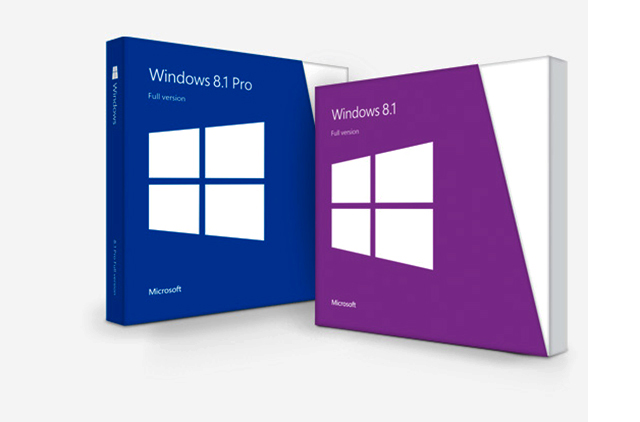
What you need to know before upgrading to Windows 8.1
It’s nearly a year since Microsoft released the divisive Windows 8, and this week sees the launch of Windows 8.1 -- an update to the tiled operating system that aims to fix many of the perceived wrongs of the first version, while introducing some very welcome new features.
If you’re a Windows 8 or RT user you’ll be able to download the update for free starting at 4AM PDT (that’s 12pm in the UK) on 17 October. You’ll be able to get it directly through the Windows Store.
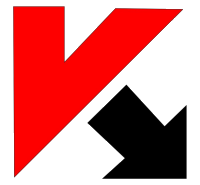
Kaspersky 2014 gets 'Patch B' release, essential for forthcoming Windows 8.1
Kaspersky has released updated installer versions of Kaspersky Internet Security 2014 and Kaspersky Anti-Virus 2014. Both updates include the recently rolled out "Patch B", which adds support for Windows 8.1 and Firefox 23/24.
The update also fixes a number of bugs, but previously had to be installed separately after installing KIS 2014 or KAV 2014.

Microsoft touches up Fresh Paint
When Windows 8 advertisements first started airing on TV, Fresh Paint was often shown as a way to highlight the touch capabilities. Not only is the app a good demo, it is also fun and functional. From amateurs to professionals, anyone can easily use the app to create art and use their imaginations. However, Microsoft is not resting on its laurels and announces a new version is coming this month.
"Today I'm excited to announce that the new Fresh Paint will launch in tandem with Windows 8.1 on October 18 and that we'll also have new features coming to the Windows Phone version on October 14. Best of all, Fresh Paint will continue to be free, and everyone who updates to Windows 8.1 will get the improved experience", says Brandon LeBlanc of Microsoft.
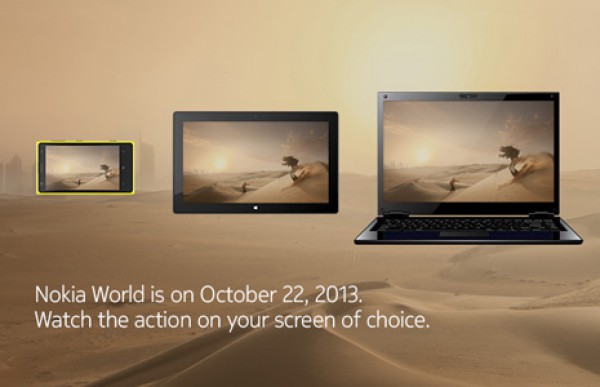
Why is Nokia showing a smartphone, tablet and laptop ahead of the Abu Dhabi event?
Let me preface this story by saying that, here at BetaNews, we have a policy against discussing rumors. Quite often some "leaked" information, provided by anonymous sources, turns out to be false, and we feel that it is best to report details that we know to be true, based on official sources that can be verified and our experience with various products. That said, I cannot help feeling surprised by what Nokia just revealed in one of its blog posts, after reading the rumor stories floating around the InterWebs.
Prior to any major press event Nokia usually posts a teaser showing a small part of an upcoming product, or a hint at what will be unveiled. This approach is designed to keep people interested, or to pique their interest at least, and add a shroud of mystery. But this time around the Finnish maker has released a full-blown poster which most likely features all the devices that the company will announce in Abu Dhabi, the place where its next big press event will be held.
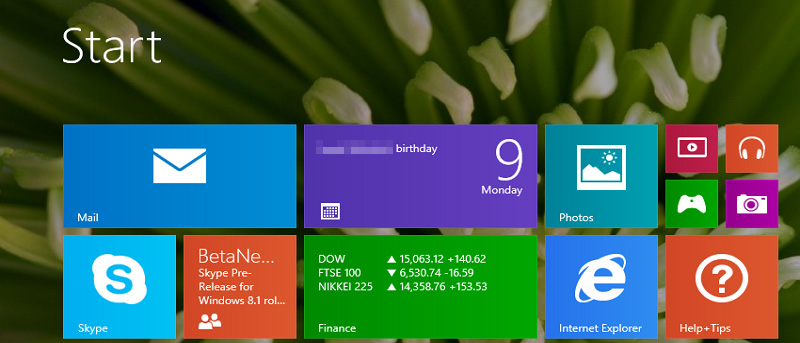
Microsoft promising five-day app approval for Windows 8.1
When it comes to Windows 8 and the Modern UI, the single biggest knock has undoubtedly been the sparse population of the app store. In fact, the ongoing app count has become something of a meme around the internet with every milestone generating stories from various tech sites.
Microsoft can't force developers to get involved, but it can provide incentives to encourage them and today, the tech giant is doing just that.

Microsoft quietly announces new Remote Desktop apps for Android and iOS
In his "5 reasons Surface tablets blow away iPads for a mobile business workforce" piece, my colleague Derrick Wlodarz explained why Remote Desktop on Windows RT (and, by implication, Windows 8) is better compared to third-party clients on Android and iOS. Derrick says that the former offers a richer feature set, a smoother experience, improved stability, less compatibility issues and comes with no initial cost (because it is free, as a built-in feature). As you can tell, the lack of official Remote Desktop apps on Android and iOS tips the scale in Microsoft's favor.
That is about to change, as Microsoft has announced that it will release Remote Desktop apps on "a variety of devices and platforms", which include Windows, Windows RT, OS X, Android and iOS. The software giant says the offerings will be introduced with Windows Server 2012 R2, which launches later this month, on October 18, alongside Windows 8.1.
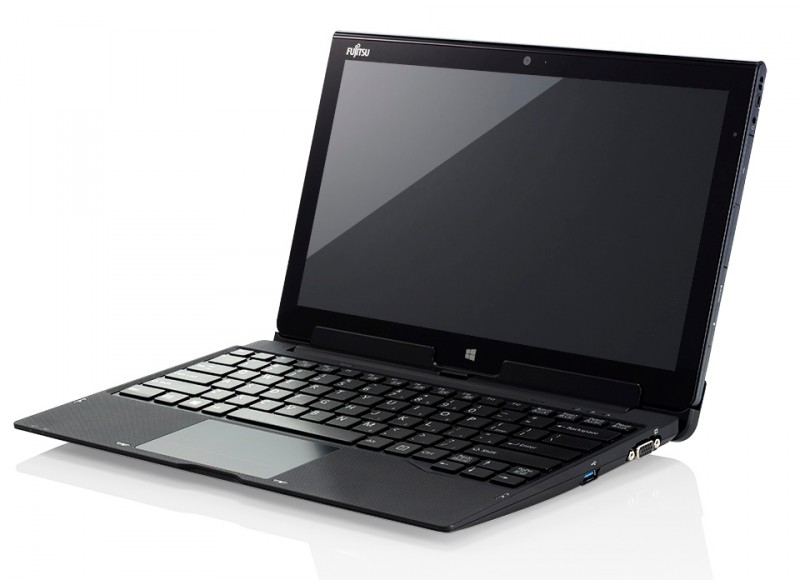
Fujitsu unveils new touch line of Lifebooks, Stylistics
An ever-increasing number of notebook and desktop computers are moving to a touch platform thanks to users becoming accustomed to the interface via smartphones and tablets, not to mention Microsoft's push of Windows 8 and its Start screen. Now Fujitsu is unveiling its new entries into the field.
In today's announcement the hardware maker unveiled a total of five new products -- three from its Lifebook line and another two for Stylistic customers. The lineup is considered business-class and Fujitsu hopes to have something that will appeal to most situations.
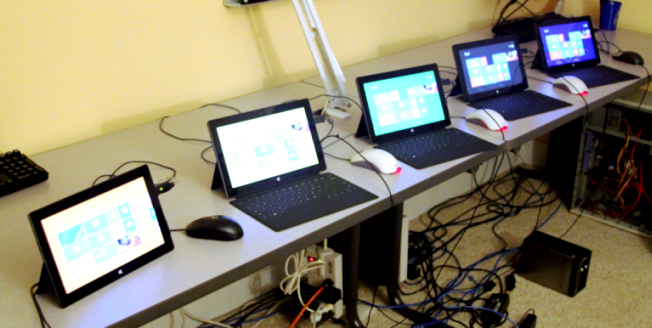
5 reasons Surface tablets blow away iPads for a mobile business workforce
My writing hand has been largely inactive for the past few weeks, but for very good reason. I've been using the time to wrap up a massive infrastructure overhaul for one of my larger commercial customers, including the rollout of Surface RT tablets to replace a fleet of aging netbooks for a mobile workforce. Tablets used to be relegated to the "PC-plus" category of companion gadgets (I'm looking at you, iPad), but my latest client project proves that with the right hardware, a mobile business team can truly ditch legacy computers in favor of a single, compact endpoint device.
While I'm not going to to get into the nuts and bolts of how we did it -- I'm saving that discussion for a second follow-up piece -- I do want to cover some of the reasons that my customer and I decided that Surface RT was the perfect platform for a mobile work team. Too much of the technology press is busy glossing over tech specs and fashion design scores for the latest tablets on the market, and not enough emphasis is being placed on the capabilities of one device over another.
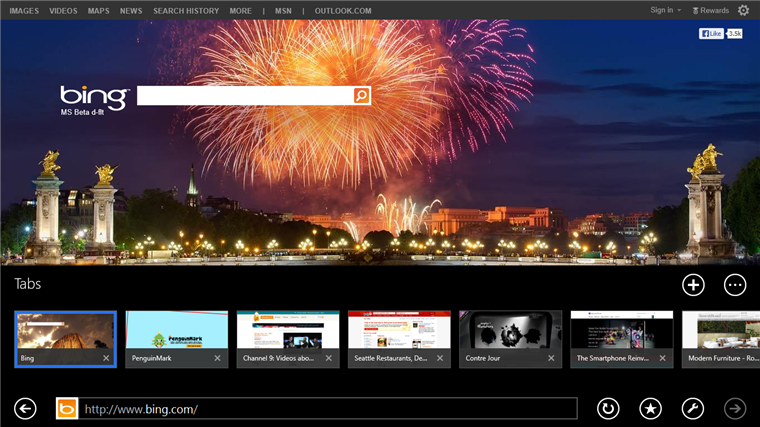
Microsoft showcases new Internet Explorer 11 features in Windows 8.1
With not long to go now until the general availability of Windows 8.1 on 18 October, Microsoft is attempting to get potential upgraders excited by highlighting the new operating system’s apps and services in a blog series called "Right from the Start".
The latest post covers Internet Explorer 11, and there’s lots of new and improved features in the updated veteran browser. "We are proud of the new Internet Explorer and how far the browser has come and we know that users will be impressed, too!" enthuses Ryan Gavin, General Manager, Microsoft Apps & Services.

Windows 8.1 is better, but will consumers finally switch?
For Microsoft, Windows 8 is a necessary evil. The operating system has two main purposes: to usher the software giant into the modern mobile computing era and, at the same time, to get existing users on board with the changes on the new platform. So far, it is not difficult to see how the OS (and, by implication, Microsoft) has failed on both counts: its tablet market share is low and the growth of Windows 7 is higher than its own. Remember that Windows 8 is close to being a year-old while Windows 7 will soon have its fourth anniversary.
Despite what some might believe, Microsoft really had no other option but to bring something completely new to the table. It does not take long to realize that Windows 8 has been a step in the right direction, as Windows 7 was primarily designed for devices prior to the tablet era. But despite being well-intended, Microsoft has been facing an ongoing backlash over the efficacy of the new approach, which has led to severely crippled chances for mass market appeal. That is a place where no company wants to be, especially in a period of transition. So, as a result, the software giant is responding to the criticism with Windows 8.1, that now has, among other purposes, a different task: to change people's perception of its predecessor.
